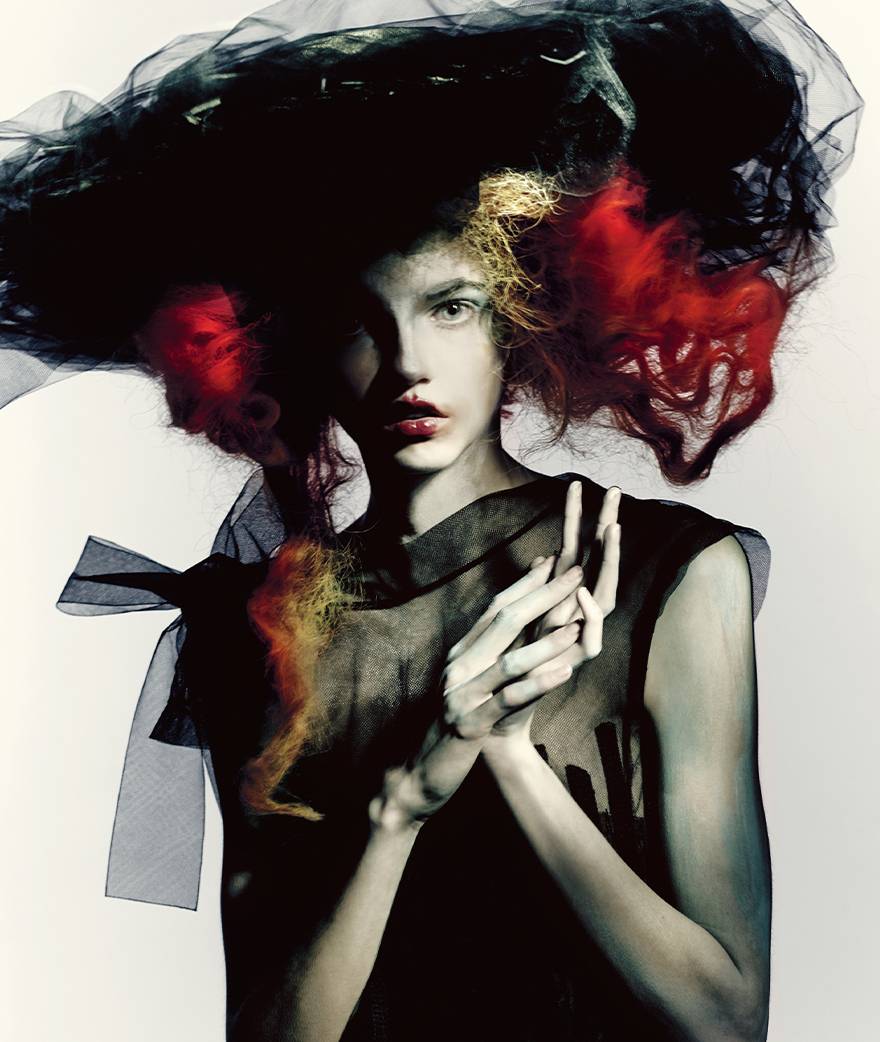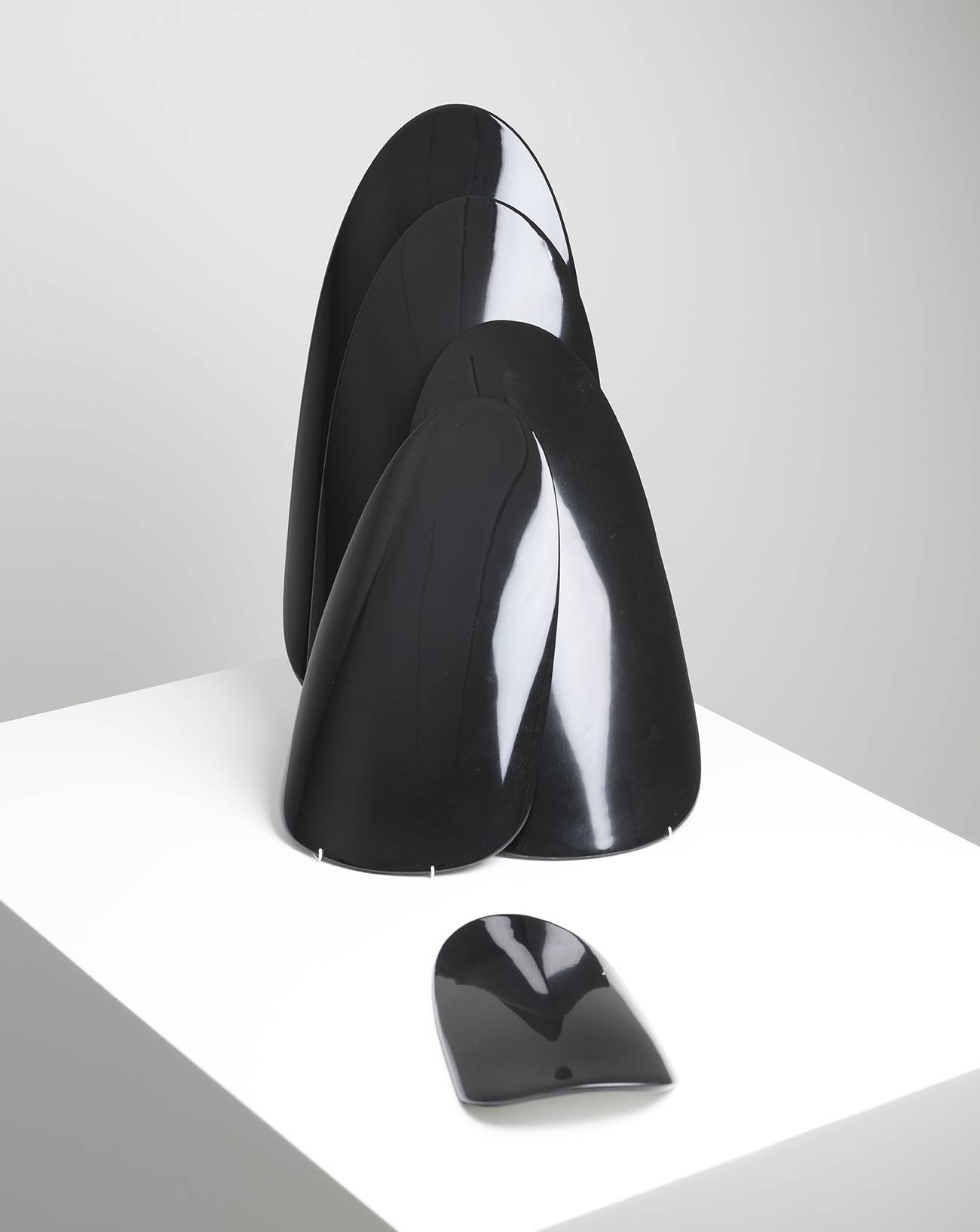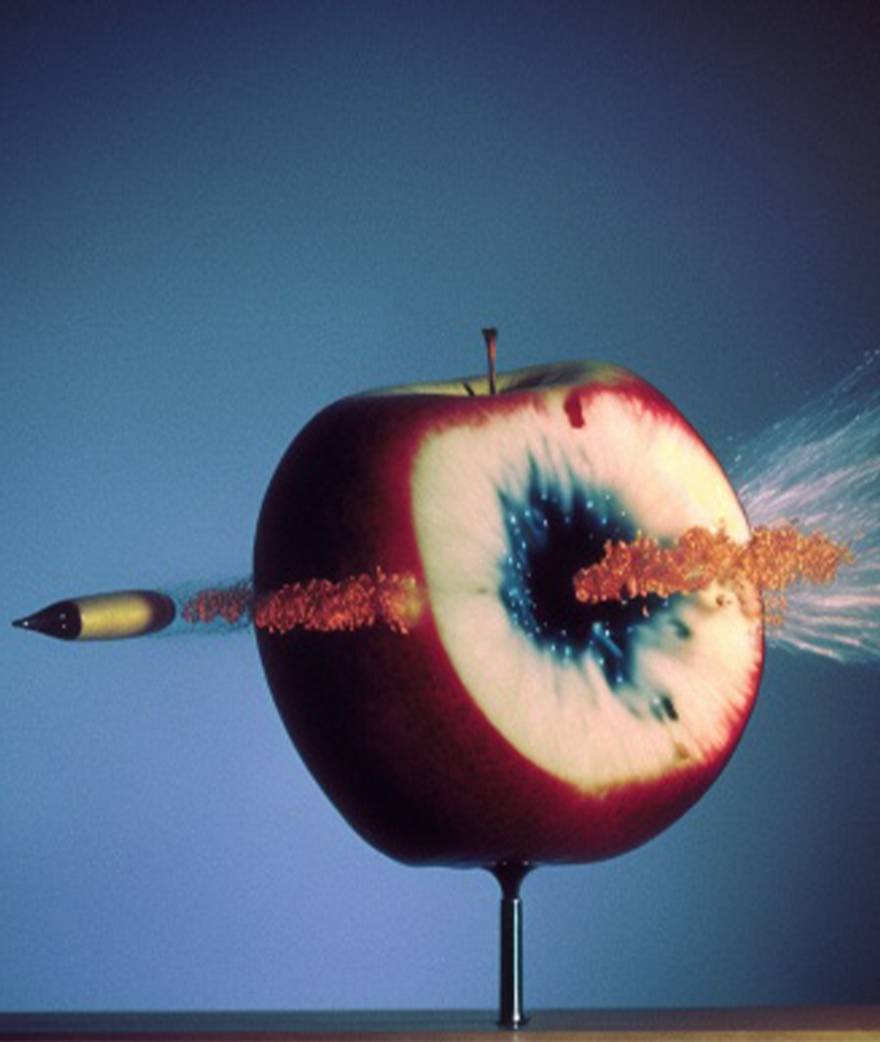

Lynn Goldsmith has finally won her case. After years of legal battles and an initial ruling against her, the American photographer won her case against the Andy Warhol Foundation on Friday March 26th. It all began in 1984, when the American artist, then at the height of his career, produced silkscreens of the famous singer Prince. And while the pope of pop-art is also known for his rich photographic output featuring the faces of many celebrities of the time, on this occasion he didn’t use his own work but a portrait of Prince taken by photographer Lynn Goldsmith in 1981 for the newspaper Newsweek. Although the paper he was supposed to illustrate never saw the light of day, Vanity Fair magazine acquired the rights to one of these photos and asked Andy Warhol to illustrate it, which the artist transformed into a series of 16 portraits.
But it took 32 years before the scandal came to a head. In 2016, Vanity Fair republished the series without warning or mentioning the photographer Lynn Goldsmith, who only discovered it when the issue came out. In these portraits based on her photograph, Prince appears alternately blue-faced, red-faced, with yellow hair and a purple moustache. Andy Warhol's touch is unmistakable, but is it enough to declare these portraits as original works by the pop art master? After her discovery, Lynn Goldsmith decided to apply for copyright of the work. The case should have been settled out of court, with the rights recognised and duly paid, but that was before the Andy Warhol Foundation got involved. Established in 1987 following the artist's death, with the aim of defending his legacy but also contemporary creation through the awarding of grants and the organisation of conferences and exhibitions, the foundation rejected the accusation of copyright infringement defended by Lynn Goldsmith: for the Andy Warhol Foundation, there was no doubt that the artist had produced an original work. This was followed by a first lawsuit by the foundation against the photographer in April 2017, resulting in 2019 with an initial verdict in favour of the foundation, against which the photographer appealed.
It was in the face of this thorny debate that Judge Gerald E. Lynch, who presided over the second trial, ruled last Friday, this time in favour of Lynn Goldsmith. In 2019, the court had considered Andy Warhol's portraits as transformative works: a judgement that has now been reviewed because in the United States, in order to be free of copyright, a work must be truly altered from its original form. In order to justify his verdict, the judge recently explained to Artnet: "In order to fall into the category of transformative use, the new work must offer something more than the simple addition of an artistic style to the primary work. Any secondary work that adds a new aesthetic to the primary source is not necessarily transformative." A decision against which the Andy Warhol Foundation has already announced that it will appeal, no doubt promising a new episode in the case...









